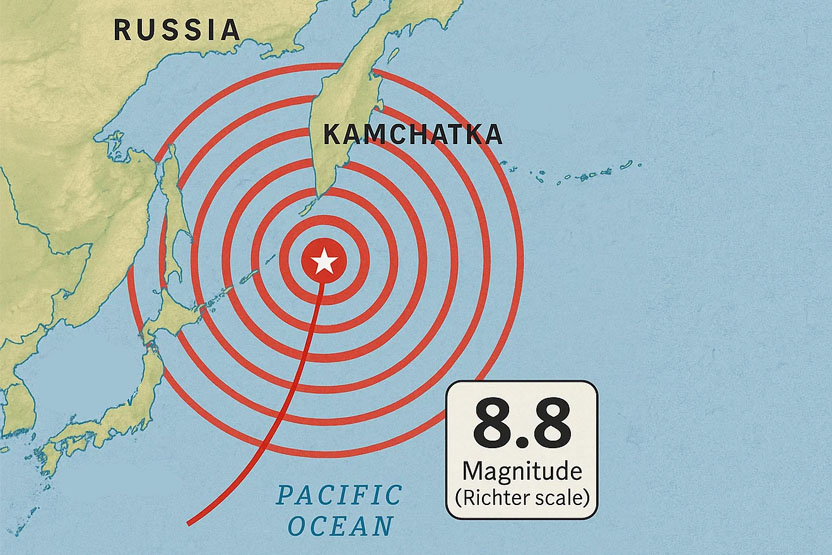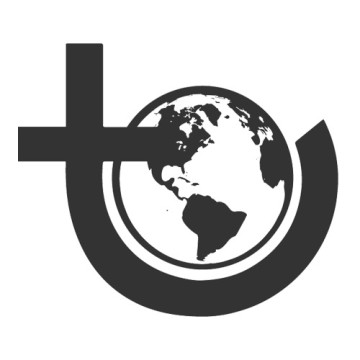
A powerful earthquake with a magnitude of 8.8 struck off the coast of Russia’s Kamchatka Peninsula late Tuesday into Wednesday, triggering tsunami waves that inundated coastal areas in the northern Kuril Islands. Russia’s Ministry of Emergency Situations reported flooding in the city of Severo-Kurilsk, where all 2,000 residents were evacuated.
Authorities declared a state of emergency in northern parts of the Kuril Islands following the tsunami.
In Japan, authorities evacuated the Fukushima nuclear plant as the first tsunami waves — measuring 30 centimeters — reached Hokkaido island. Officials warned of potentially larger waves of up to 3 meters hitting the Pacific coast of the Japanese archipelago.
Japan’s Meteorological Agency urged residents to stay away from the coastline and avoid going to sea until the warning is lifted. Similar coastal warnings were issued by authorities in Mexico and Indonesia.
The United States also issued tsunami alerts for its Pacific coasts, including California, Oregon, Alaska, and the Hawaiian Islands. Emergency management officials in Hawaii urged immediate evacuation of coastal areas, warning of "destructive waves."
This is the strongest earthquake in the region since 1952. The quake’s epicenter was located at a depth of 19.3 kilometers and approximately 136 kilometers from Petropavlovsk-Kamchatsky in eastern Russia, raising concerns over wide-ranging consequences for Pacific coastlines.
Tsunami Warnings Issued
According to the U.S. Tsunami Warning System, tsunami waves are expected to affect parts of Alaska, Guam, Russia, and Japan "within three hours."
The warning covers all U.S. Pacific coasts from Alaska to Hawaii and California, though the expected impact varies in intensity.
In Peru, the navy issued a tsunami warning for the entire Pacific coastline due to the earthquake.
Ecuadorian authorities also ordered a “precautionary evacuation” of beaches in the Galápagos Islands, citing tsunami risks. The national risk management agency announced the "immediate suspension of all maritime activities, in addition to the precautionary evacuation of beaches, docks, and low-lying areas" of the archipelago, which lies about 1,000 kilometers from the mainland.
In Tokyo, Japanese officials warned that tsunami waves up to 3 meters high could strike the Pacific coast of the archipelago between 01:00 and 02:30 GMT.
Japan’s meteorological agency emphasized, "Tsunami waves will strike repeatedly. Please do not go to sea or approach the coast until the warning is lifted."
On July 20, the same region was hit by a 7.4 magnitude earthquake followed by several aftershocks, though they did not cause significant damage.
The Russian peninsula separating the Sea of Okhotsk from the Pacific Ocean is considered "one of the world’s most seismically active regions," according to the U.S. Geological Survey.


Comment